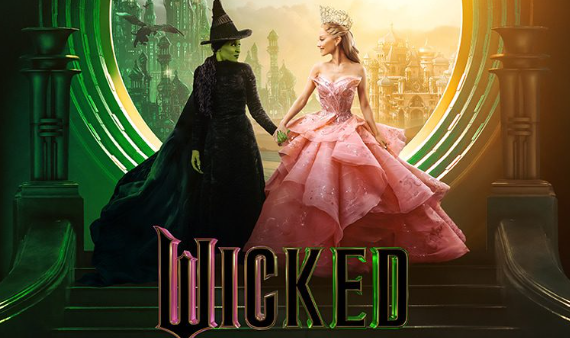Shakespeare is the unit that all English students dread. Every time one of his works is used in class, the same complaints appear: “I don’t understand why we have to learn this,” “Shakespeare has no application to the modern day,” and the language is what makes Shakespeare unenjoyable.” Despite these complaints, Shakespeare persists. According to the British Revised Code of 1862, Shakespeare has been taught in schools in England since the law was passed in 1862, and his works can teach many important themes about life, including grief, revenge, love, sacrifice, and more.
The language is one of the biggest hurdles when reading Shakespeare. Due to the poetic framing of the books and the grammar of Early Modern English, the language can be hard to understand, let alone analyze for many students. However, the language contributes deeply to the story and characters. Characters like Hamlet often use language to flaunt their cleverness, using double entendres to provide a two-meaning phrase often insulting the target while telling them the opposite. Despite many students backing away from the language, the challenges of figuring it out contribute to an effective class. Shakespeare often prompts students to discuss on a deeper level than a contemporary book. These discussions range from what the characters are actually saying to how specific word choice contributes directly to the story’s meaning or characterization within the story. These discussions prompt students to think about their own interpretations of Shakespeare, and how interpretations conflict or contribute to others’. These skills have a beneficial transfer to other classes or topics and help students develop their own ideas about the world around them, which is an important life skill. While some may say that these skills and understandings can be taught without Shakespeare, I disagree. While other books, like The Great Gatsby, include complex and equally intentional language, Shakespeare’s framing device of iambic pentameter forces choices in language that would not have occurred if the book was written outside of the meter. If Shakespeare was not written in iambic pentameter, it would have slipped out of the public eye as many other Northern Renaissance (15th and 16th century) works did. The use of iambic pentameter allows for Shakespeare’s work to be pleasing, almost musical, when performed on stage, creating an iconic and memorable style.
While I do not believe that Shakespeare should be taught for the pure purpose of poetry, it is a play and is intended to be heard. Poetry, especially iambic pentameter, the same poetic framing that Hip Hop uses, allows for a deeper understanding of Shakespeare, music, and other poetic works. The differences between styles of poetry, how to dissect and distinguish between them, as well as prime examples of how to write them can all be learned from Shakespeare. The meter does cause difficulty with the reading, as I have discussed above, however, if the meter and the language are combined effectively, Shakespeare should be a fun and entertaining read.
If you say a Shakespearean play is boring, I don’t believe you have fully understood it. A dramatic revenge plot between a grieving son, a possibly unfaithful mother, and a deceitful uncle; a grab for power after a fateful prophecy, leading to insanity and death; two pairs of lovers being manipulated while the fairy queen falls for a donkey-headed man; two lovers whose love changes their families, but only after their suicides… These are all plots of famous Shakespearean works: Hamlet, Macbeth, A Midsummer Night’s Dream, and Romeo and Juliet. Shakespeare’s themes of revenge, lust vs. love, prophecy vs. fate, the destruction of nature, deceit, and many more are applicable to life, and other works of literature. Many books, movies, and music borrow Shakespeare’s stories. The Lion King (Hamlet) and West Side Story (Romeo and Juliet) are famous and popular examples of modern day works borrowing Shakespeare’s plots to make their own. Shakespeare’s plays focus on the nature and actions of humans when put in different and often difficult situations, while using new Renaissance ideas about what makes a human, human. For example, Shakespeare’s characters are people. They act as though they could exist, and they think and speak in a way no other characters had before in literature. These characters and their problems can be reflected in someone’s life.
Shakespeare was one of the literary masters of the Northern Renaissance. He established characters and themes that survived until, and hopefully past, the 21st century, nearly 400 years after his death. His work has also been elaborated on from many different perspectives, either his side characters in Rosencrantz and Guildenstern are Dead by Tom Stoppard or how his grief is channeled in historical fiction, like in Hamnet by Maggie O’Farrel. Shakespeare is truly a literary icon, and his inclusion in the English curriculum reflects that. His work is beneficial to learn, not just for the language, but for the themes and messages within his stories. I believe that Shakespeare should be a part of the English curriculum, and should continue to be taught in schools.


















